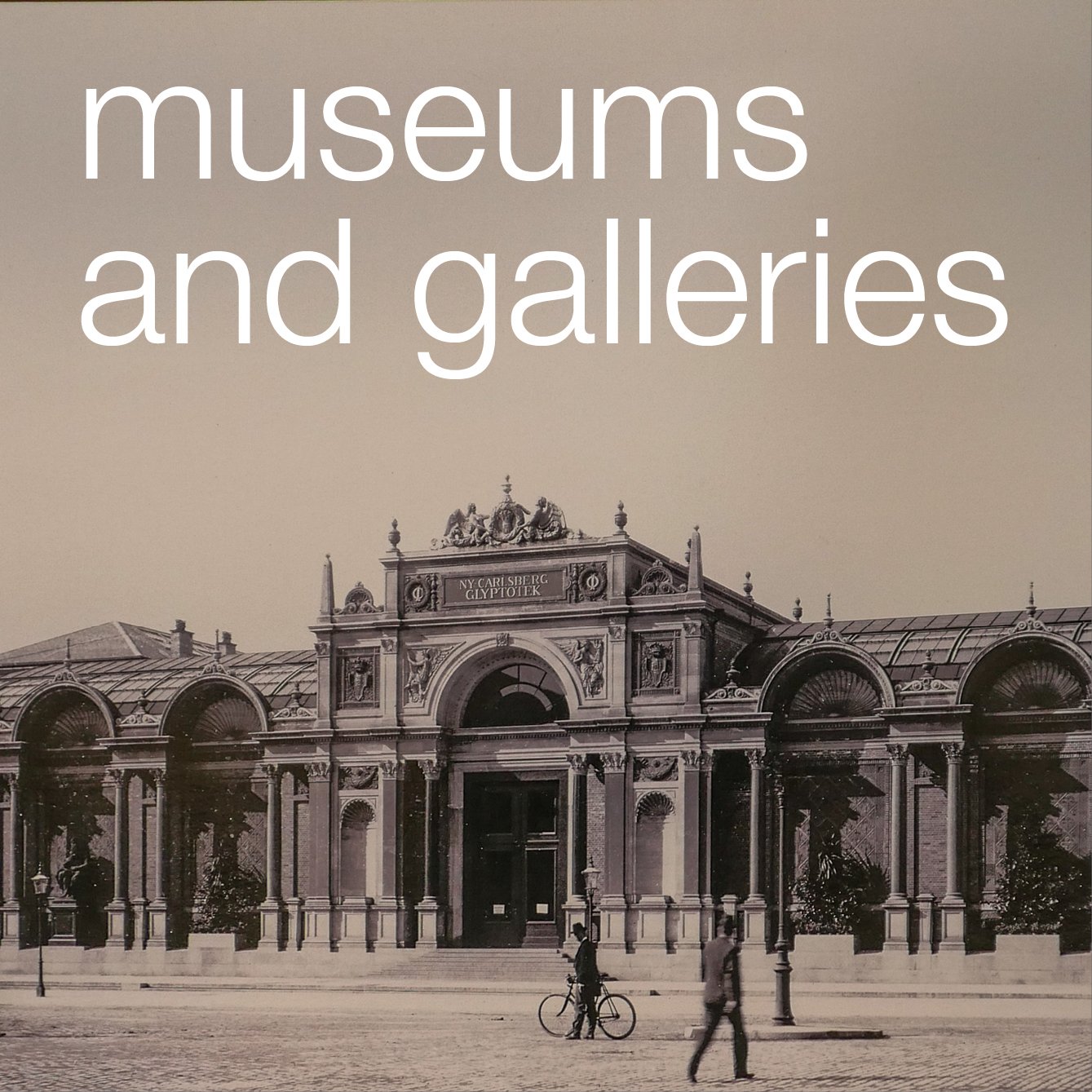shouldn’t we talk about architecture more?
/What a building looks like is important but in the end a building has to be judged by how it works - judged to see if it is doing what it was meant to do - not judged just by how it looks in a presentation drawing or in a beautiful photograph taken in exactly the right light. We judge a building by how it relates to either the crowded busy street in which it stands or to it’s landscape setting.
To understand a building you need to walk up to it, walk around it and walk through it, and, if possible, see it at different times of day and in different seasons.
And it helps if you can look at a number of buildings by the same architect to put the work in some sort of context … it’s that old ‘compare and contrast’ exercises we had to do in English lessons when I was at school though I’m not sure if that sort of thing is still on the curriculum.
Leaving aside the obvious problem of access to a building, it can also be difficult to get an overview of the work of a major architect because, for many, their stomping ground is global … in the past a successful architectural practice might open a regional office 200 miles away, if a long-term project justified the expense, or a second office sorted out some of the headaches of logistics, but now most of the big-name architects, at the very least, have offices in New York and somewhere in China and possibly in the Middle East as well. Architectural practices are truly trans Continental. Star architects can work … and tragically some die … anywhere in the World.
That makes the compare and contrast exercise for major works by major architects almost impossible for any writer or historian or photographer. Of course there are retrospective exhibitions with their catalogues and published monographs but many of those have to use stock images and they inevitably cut out the noise of the traffic, the hot dog stand in the wrong place and often cut out those inconvenient things called people so it becomes really very difficult to judge how a building works day to day or looks in the rain or functions at the end of a busy and hectic day as people try to get away in a hurry. Very few reviews of major buildings look at how many toilets there are or how easy it is to find your way around but surely that is exactly the sort of thing a good architect has to resolve … all that stuff that is important after the wow factor has begun to wear a bit thin.
Of course I admit that I try to take photographs on a good day … not least because I don’t function well in the cold and wet and cold and wet are not much good for the camera either … and I try to adjust the angle of view slightly if it avoids the overflowing waste bin in the foreground and I will wait for the delivery lorry to sort itself out and move on.
One new way of looking at buildings - and certainly a good way to judge a wider setting in a town or city - is to use Google Maps with their satellite and street views although obviously it is better for buildings that are on or close to a road rather than set back in private gardens or in an inaccessible landscape.
Some major public buildings even have internal coverage by Google so you can explore and pan around the main rooms but that is still relatively rare. Some architects produce very swish, carefully rendered and highly realistic CGIs that are often included in major exhibitions or are published on their web sites but for obvious reasons these are not warts and all. At the very least architects have to admit that those presentations have been sanitised.
Does a detailed assessment for a building matter? In part it’s a done deal, once the building is there and signed off, with all snagging done.
But isn’t it a bit odd that there are endless reviews of new cars in newspapers and magazines; new restaurants have to face criticism of everything from the size of their plates to the manners and appearance of the waiters and half the internet servers in the World must be straining under the load of hotel reviews good, bad and indifferent, but people buy their next home armed only with an A4 sheet from the estate agent or, worse still, buy ‘off plan’.
Exhibitions in museums and galleries that profile the work of an architect or of a studio are popular and certainly a print run of exhibition catalogues can far exceed what might sell as a monograph through a book shop … the current exhibition at the Danish Architecture Centre - Our Urban Living Room about the Copenhagen architects COBE - have sold out of their first stock of catalogues just half way through the exhibition which proves how much interest there can be in contemporary architecture.
The Infinite Happiness, by Ila Bêka and Louise Lemoine, is a fascinating film profile of the 8House - the large block of apartments in Copenhagen designed by Bjarke Ingels. It is in their Living Architecture series and looks at the building by talking to people who live and work there … so the best people to understand and appreciate or criticise the design. The film was screened recently by Arch Daily and the series has been acquired by the Museum of Modern Art in New York.












